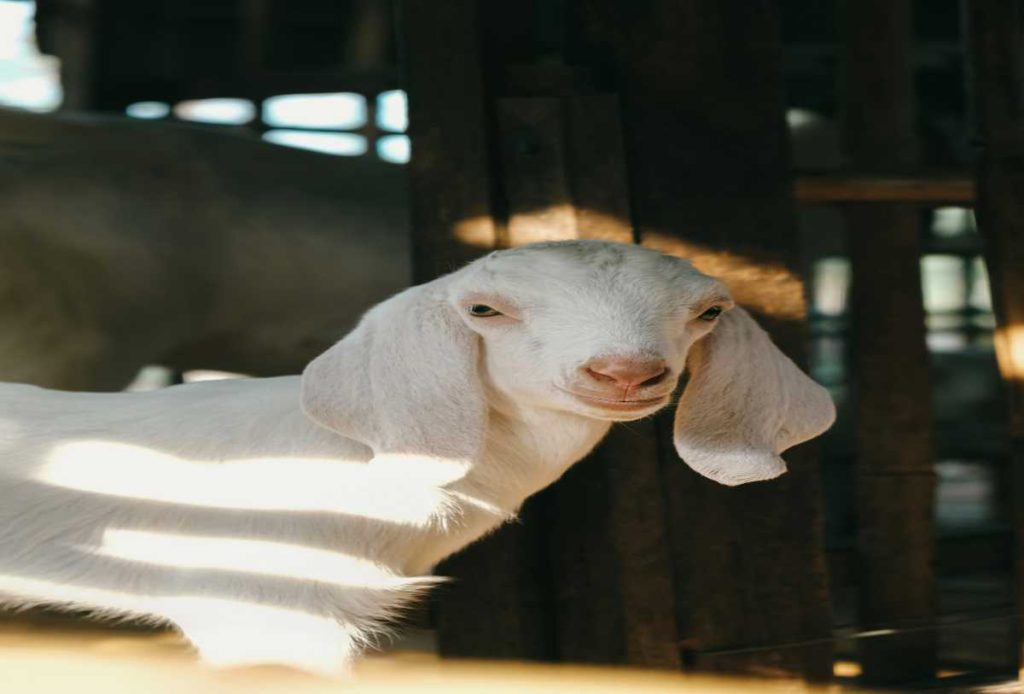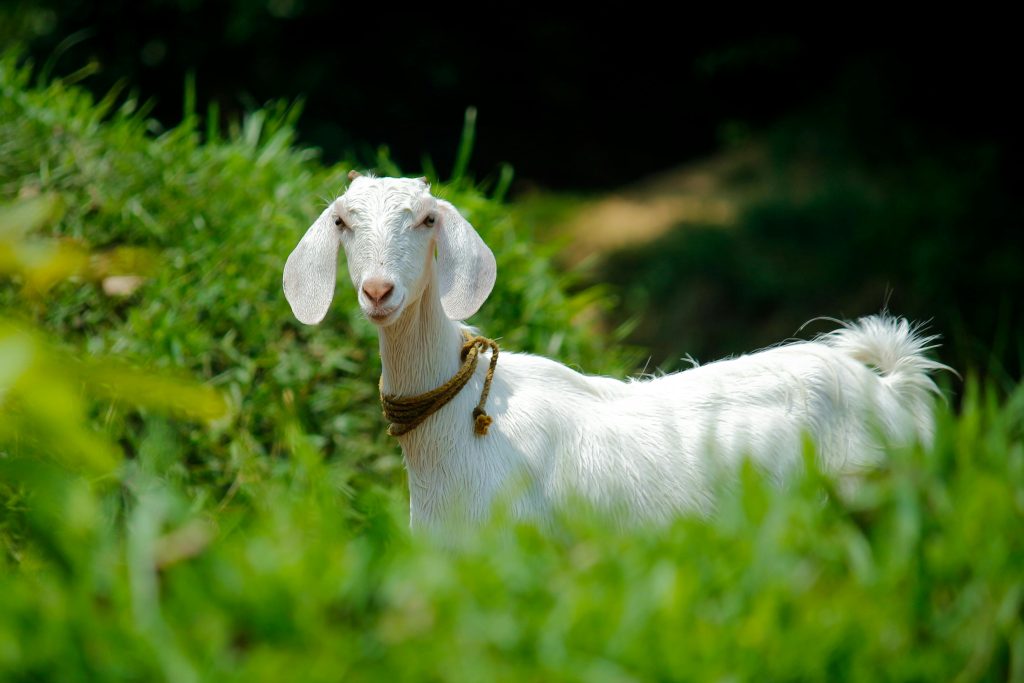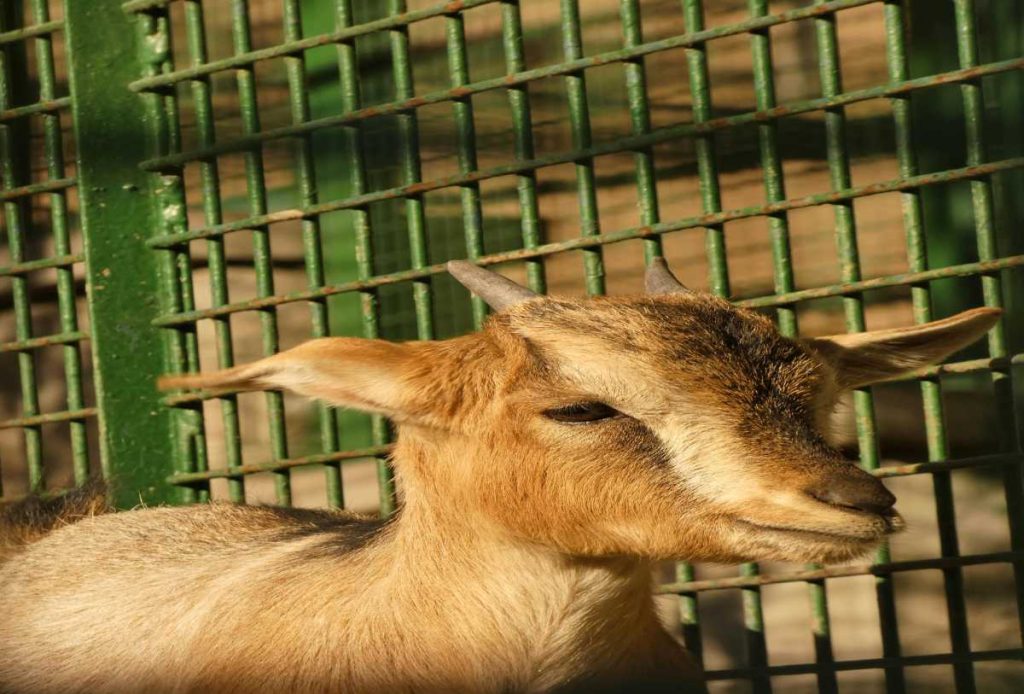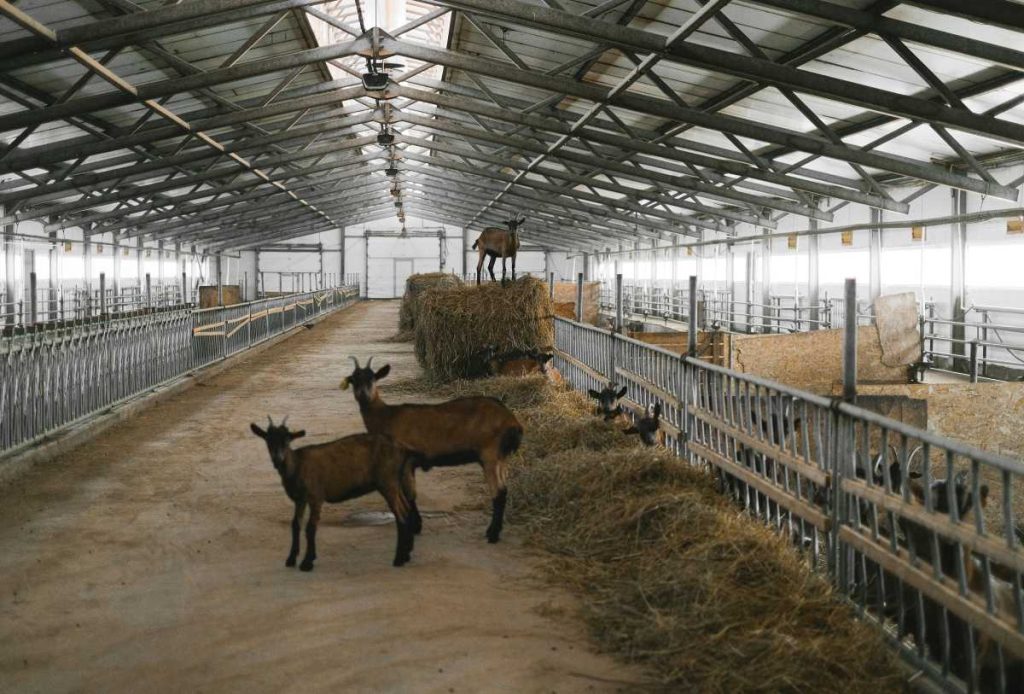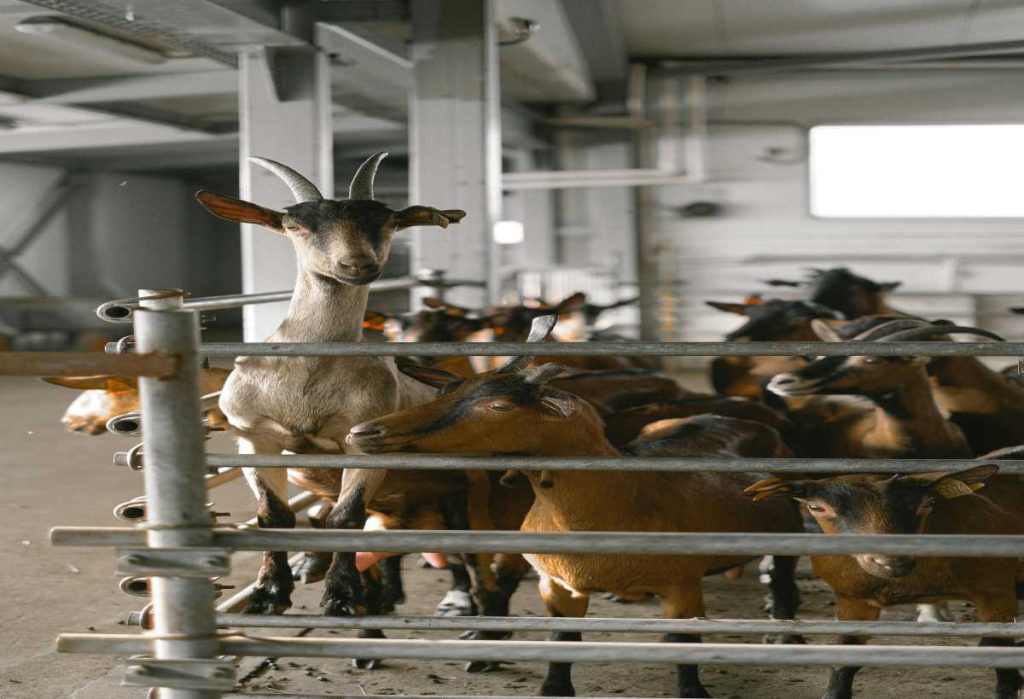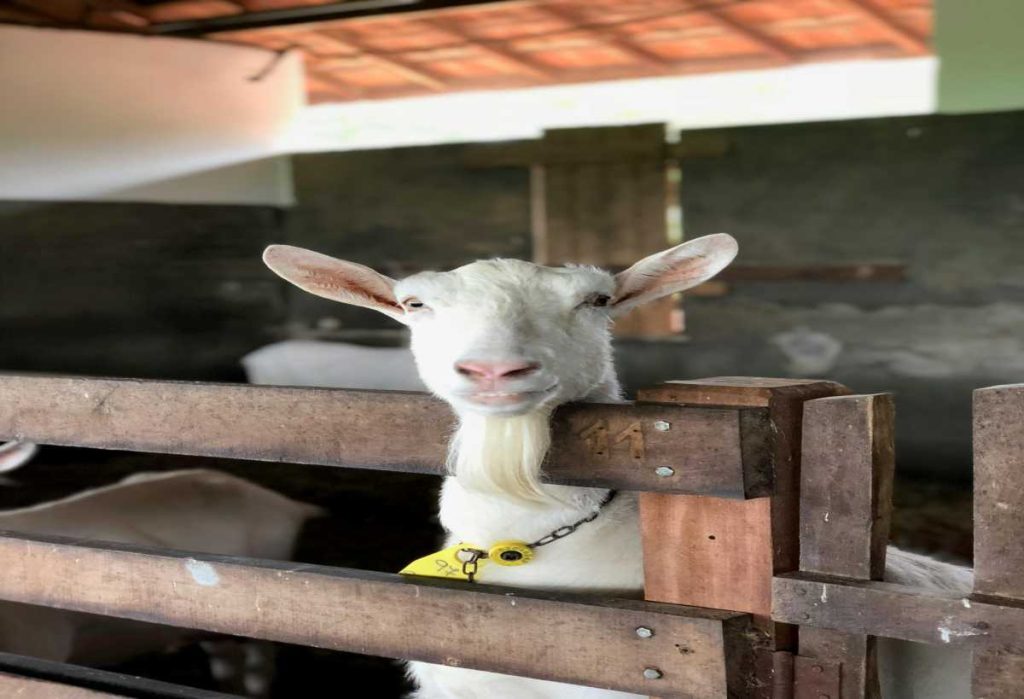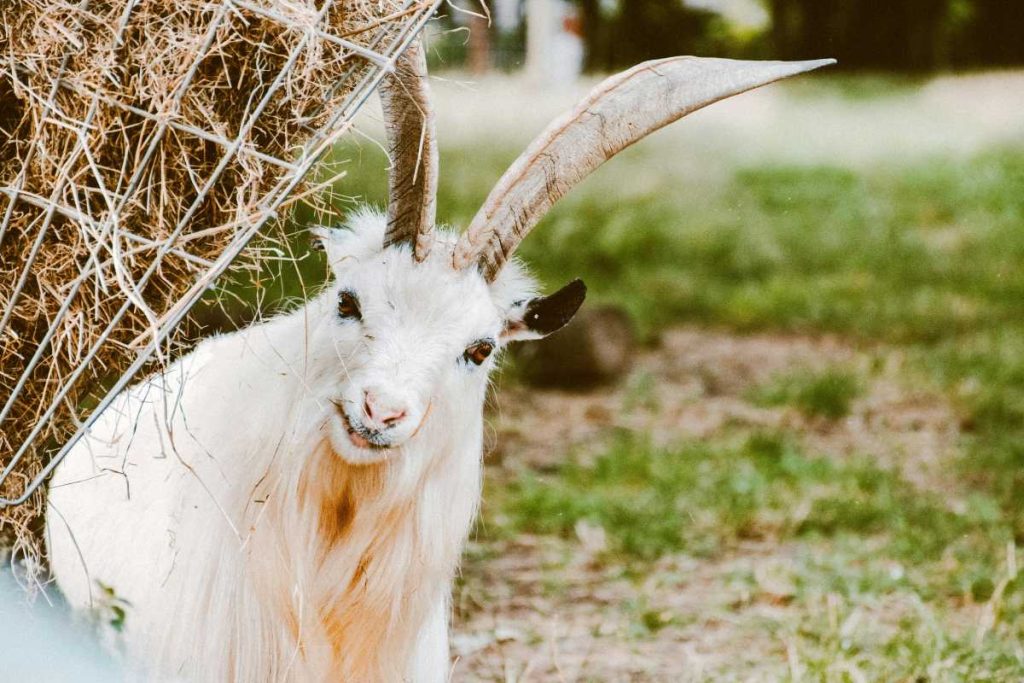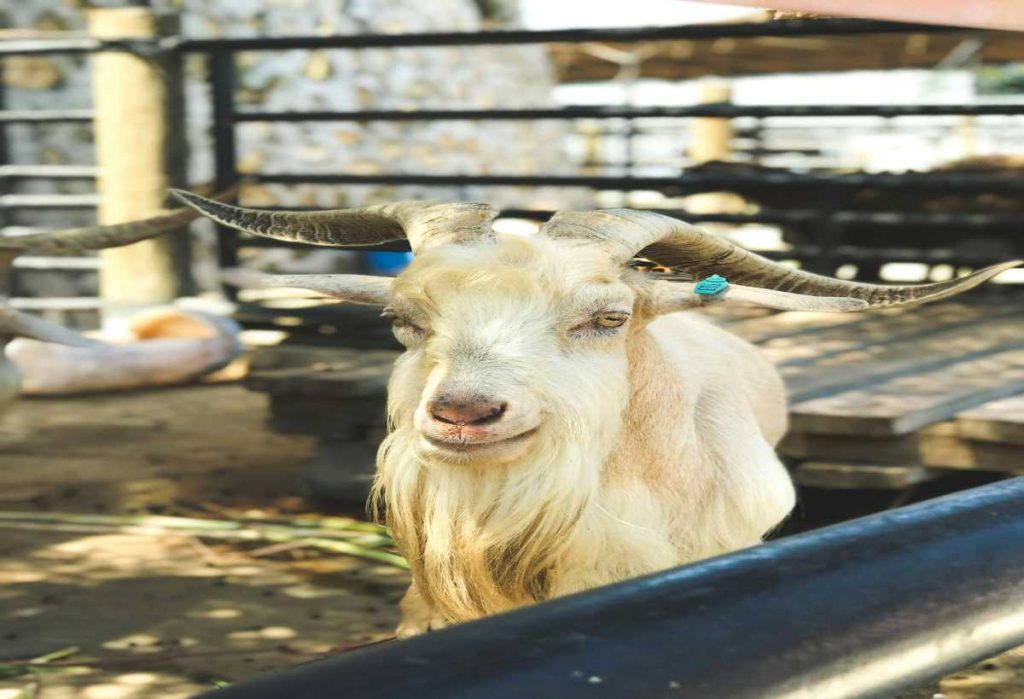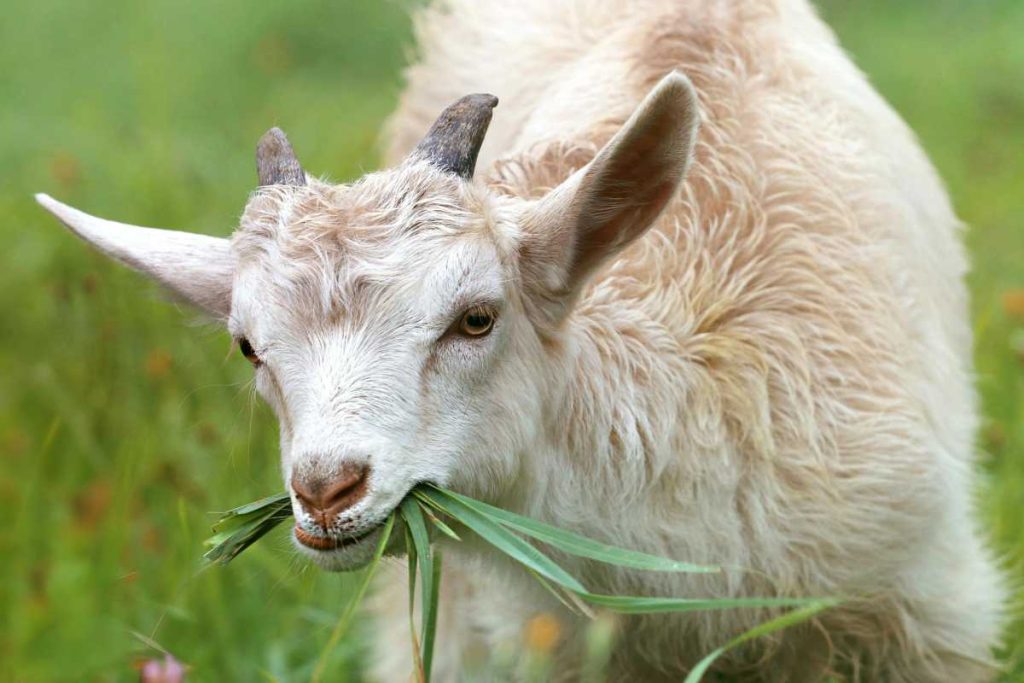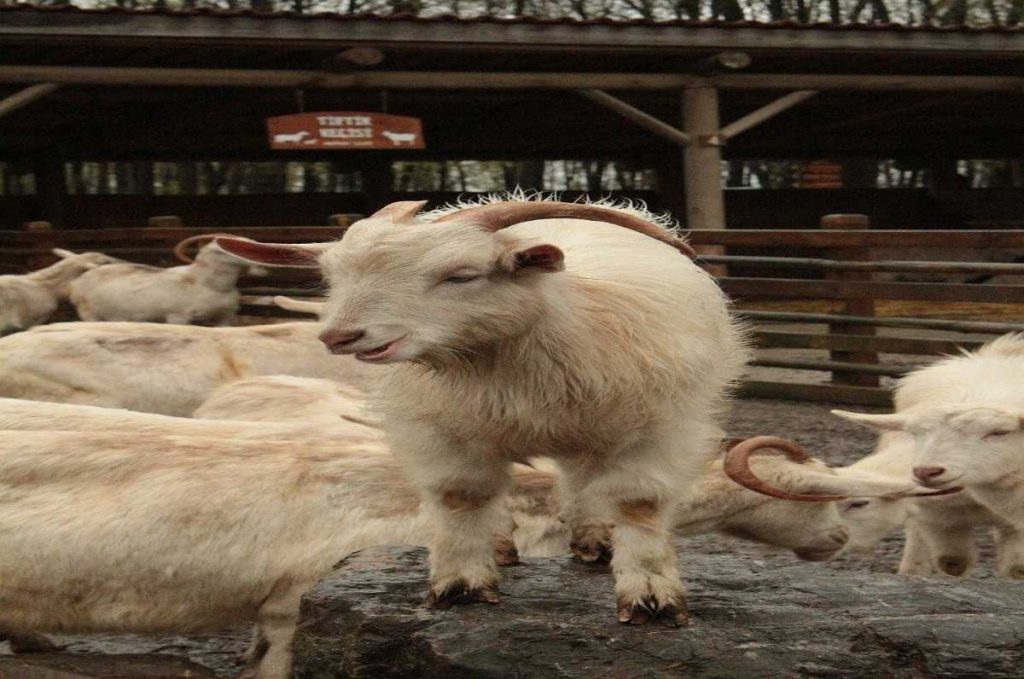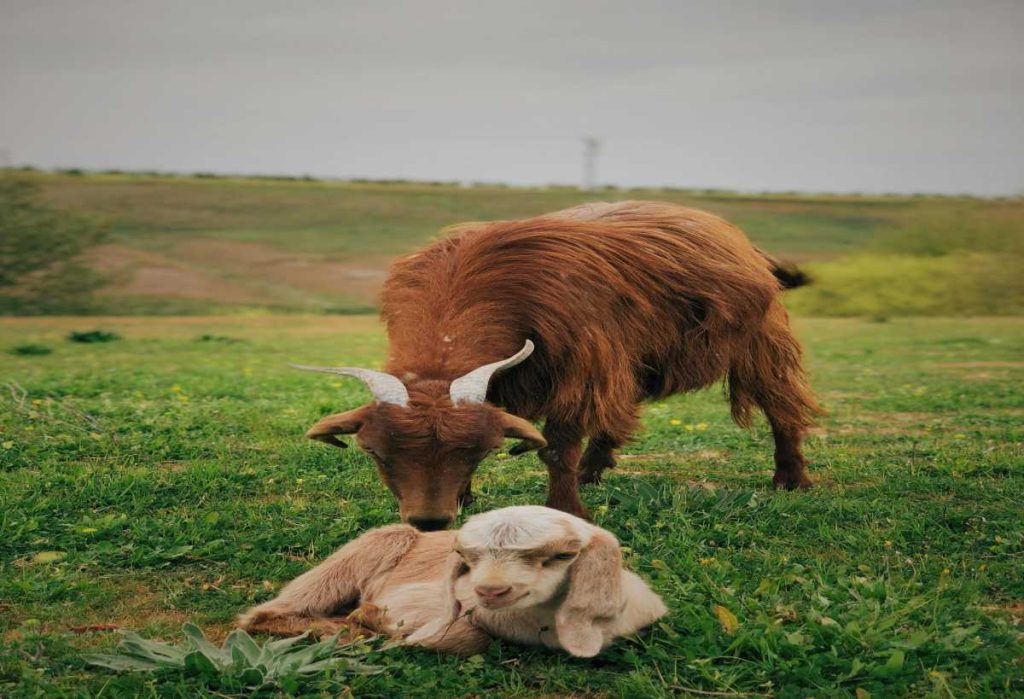Just like us, goats can catch colds, especially during colder months or when exposed to sudden temperature changes. While colds in goats are usually mild, they can lead to secondary infections if not managed properly. Fortunately, natural remedies can help relieve symptoms and support your goat’s immune system without the need for harsh medications. Here are six effective and natural ways to treat a goat cold and get your herd back to full health.
1. Herbal Teas for Respiratory Support
Herbal teas can provide gentle respiratory support and help soothe cold symptoms in goats. Certain herbs like thyme, echinacea, and elderberry have antiviral, antibacterial, and immune-boosting properties.
How to Use:
- Brew a tea with 1-2 tablespoons of thyme or echinacea in a quart of hot water.
- Let it cool and offer it to your goat in a bowl, or mix it into their drinking water.
- Offer this tea once a day during the cold’s duration to help clear congestion and strengthen their immune system.
Note: Always ensure the tea has cooled before serving, as goats won’t drink hot liquids.
2. Apple Cider Vinegar (ACV) in Drinking Water
Apple cider vinegar is known for its immune-supporting and antibacterial properties. Adding a little ACV to your goat’s water can help ease cold symptoms and provide extra nutrients.
How to Use:
- Add 1 tablespoon of organic, raw apple cider vinegar per gallon of water.
- Offer this water throughout the day while your goat is sick to support hydration and help clear their system.
Tip: Make sure to refresh the water regularly, as goats can be picky about water taste and freshness.

3. Garlic as a Natural Antibiotic
Garlic is a powerful natural antibiotic that helps support the immune system and fight off respiratory infections. Goats may not love the taste, but you can disguise it in their favorite treats.
How to Use:
- Crush or finely chop 1–2 cloves of garlic and mix it with molasses or honey to make it more appealing.
- Feed this mixture to your goat once a day for a week to help strengthen their immune response.
Caution: Use garlic sparingly, as too much can cause digestive upset. Always consult a vet before introducing strong herbs or supplements.
4. Vitamin C and Echinacea Supplements
Vitamin C and echinacea are both excellent immune boosters. These supplements can be added to your goat’s diet to help them recover from a cold faster and may even prevent future illnesses.
How to Use:
- Look for natural goat supplements or powders containing vitamin C and echinacea.
- Add the recommended dosage to your goat’s feed, following the product instructions.
Tip: Avoid over-supplementing. Use the product as directed and consult with a vet for the appropriate dosage, especially if your goat has any preexisting conditions.
5. Steam Therapy for Nasal Congestion
Steam therapy is a simple yet effective way to relieve congestion in goats suffering from colds. The steam helps open up the nasal passages and reduce mucus buildup.
How to Use:
- Boil water in a large pot and carefully bring it near your goat’s shelter.
- Position the pot safely where the goat can inhale the steam but cannot touch the hot pot.
- Add a few drops of eucalyptus or peppermint oil (safe in small amounts) for additional decongesting effects, but make sure the scent is not too strong.
Tip: Make sure the area is well-ventilated, and only do this once a day to avoid overwhelming your goat.
6. Fresh Ginger and Honey Mixture
Ginger has anti-inflammatory properties that can help soothe sore throats and reduce inflammation caused by colds, while honey provides antioxidants and a natural energy boost.
How to Use:
- Grate a small amount of fresh ginger (about a half teaspoon) and mix it with a spoonful of honey.
- Offer this mixture to your goat once a day until symptoms improve.
Caution: Only use honey in moderation and avoid it for young kids under one year due to potential bacterial spores.
Conclusion
Natural remedies can offer gentle yet effective relief for goats suffering from colds, helping to ease symptoms while boosting their immunity. However, always keep an eye on your goat’s condition and consult a veterinarian if symptoms worsen or persist beyond a few days. With these six natural treatments, you’ll have a solid toolkit to help your herd stay healthy through cold season.

